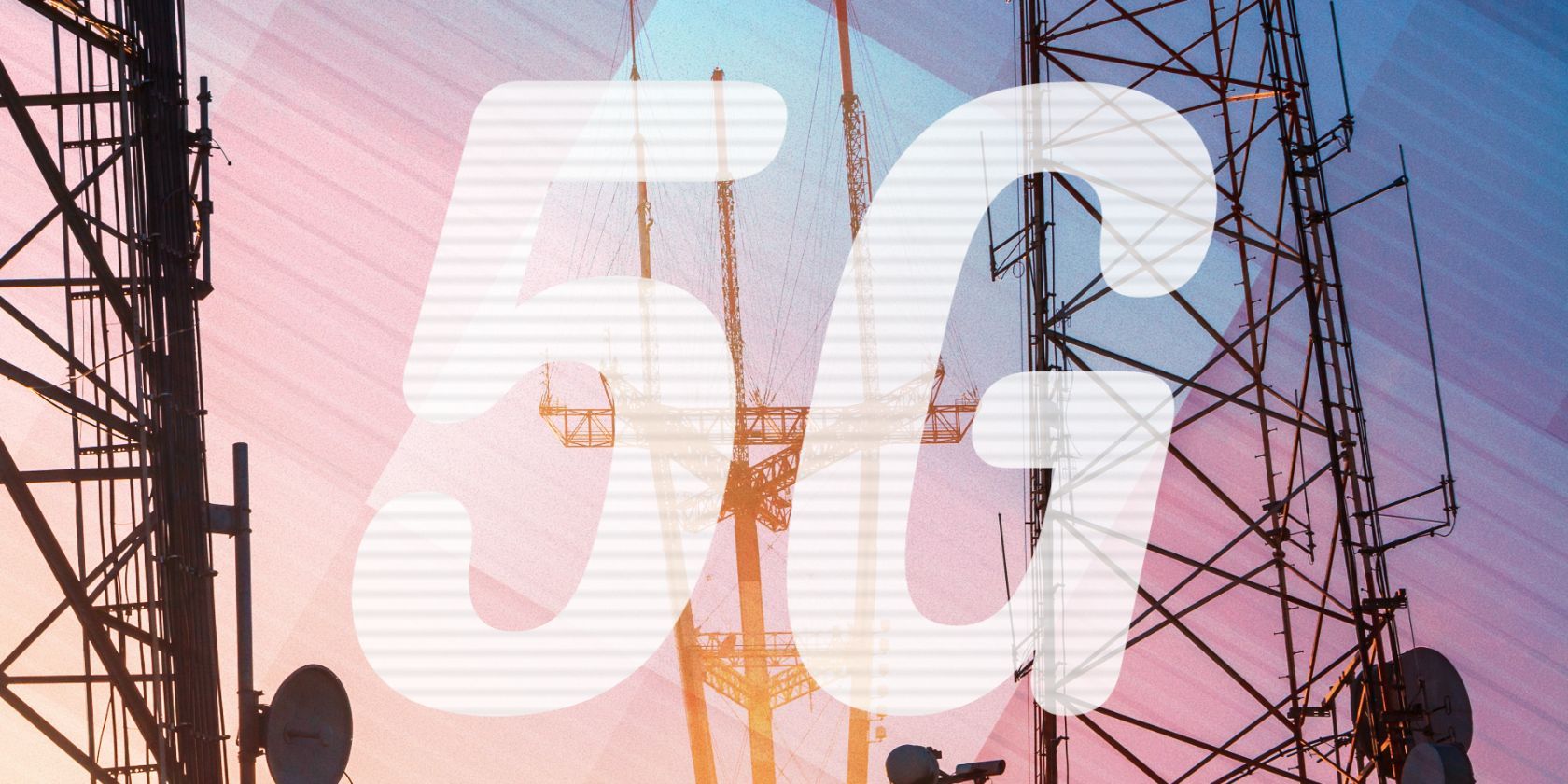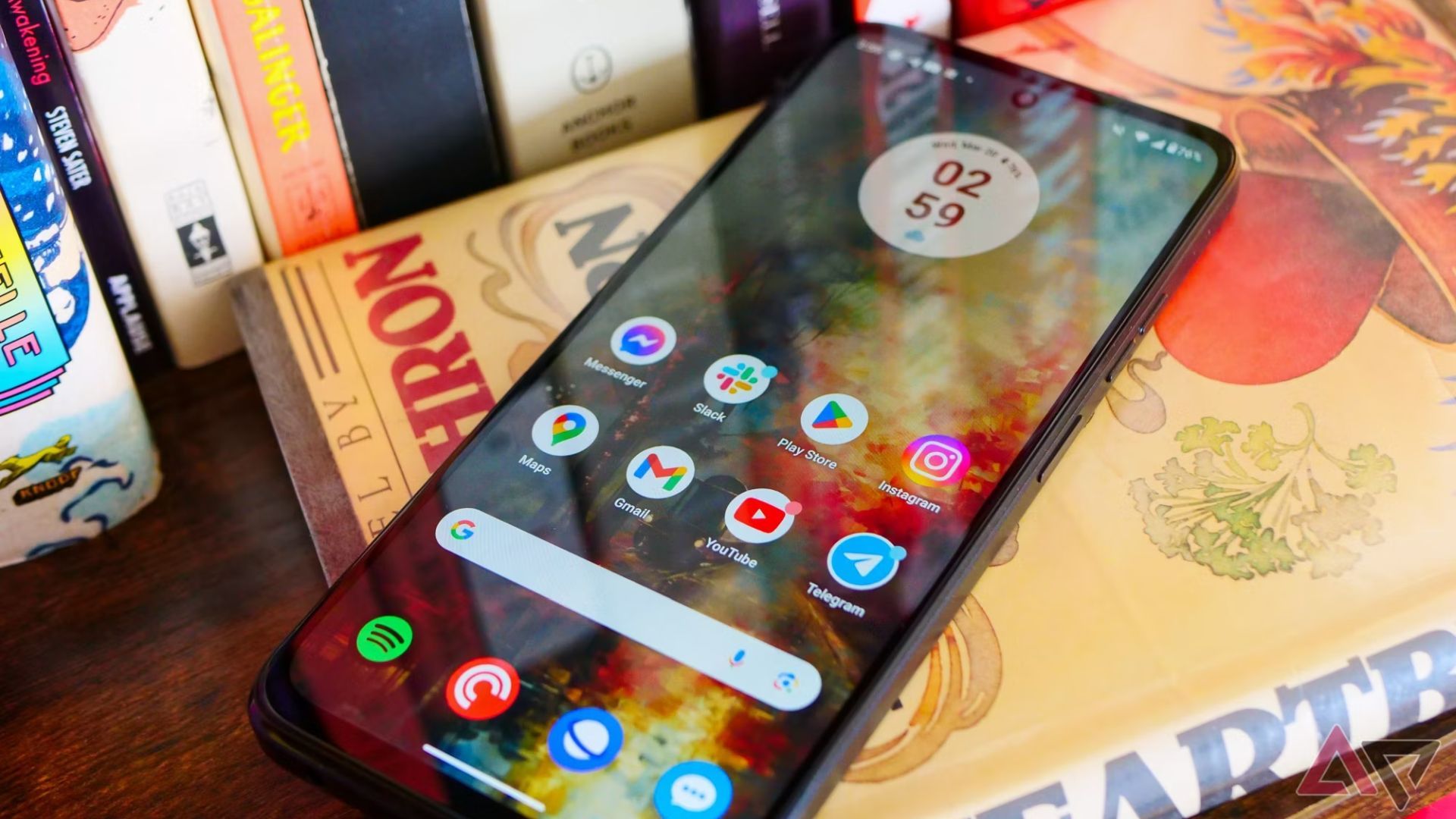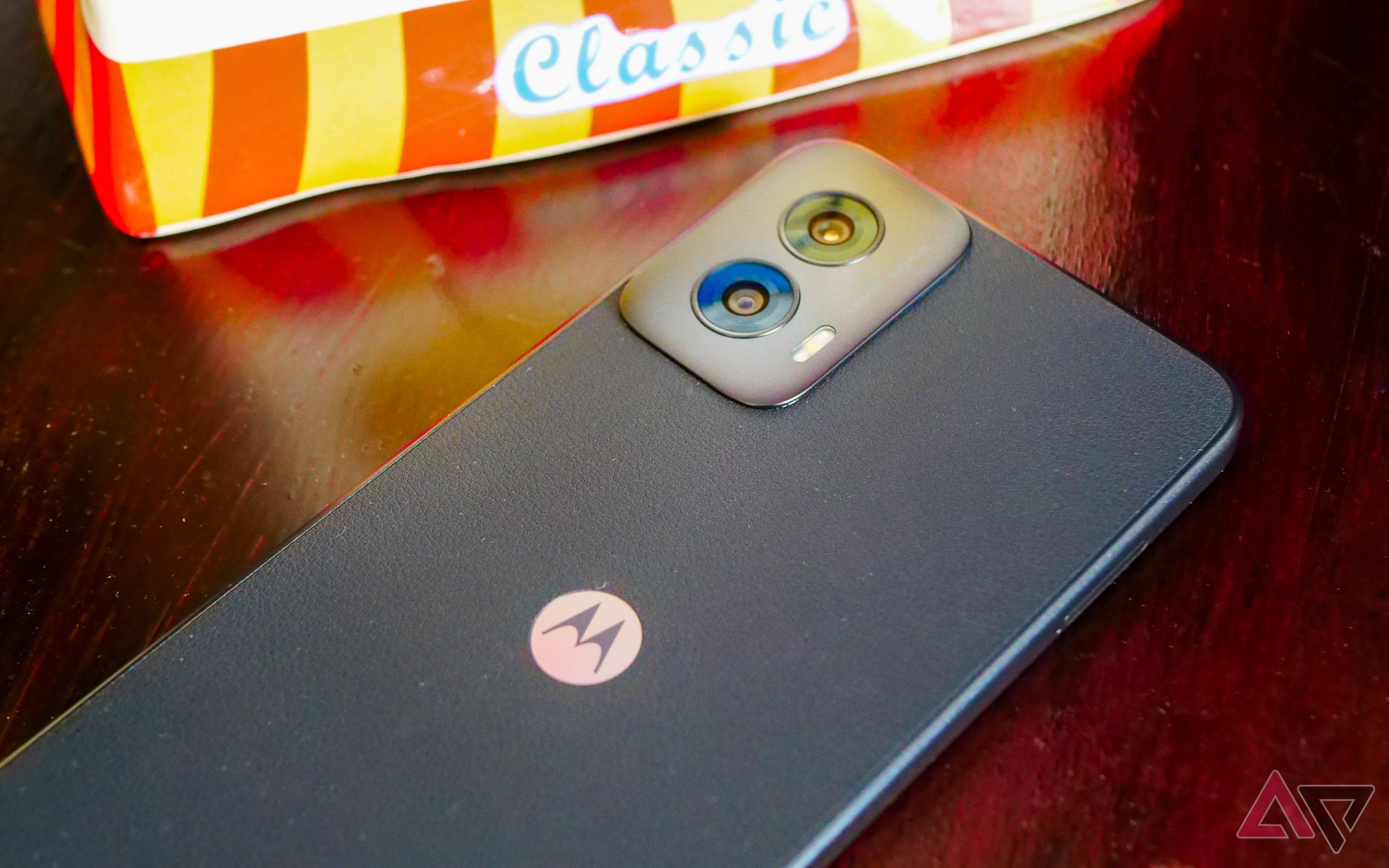Remember when phone makers called everything 4G to ride the wave of LTE being the hot, new tech trend? Remember how annoying it became? They’re at it again, this time with 5G. We shouldn’t be surprised, but there’s no need to tell us about it. 5G is in the biggest markets. You don’t need to tell us that you have phones with 5G. We’re more surprised and interested when phones don’t have it.

Related
5G UW, 5G UC, 5G Plus: What’s the difference?
The confusing terminology explained
A brief history of 5G
Unfulfilled dreams and broken promises
5G is the fifth generation of wireless networks, after LTE (4G), 3G, GSM (2G), and 1G. Every ten years or so, a new generation of network standards propels the industry forward, and 5G is no different.
Samsung launched the first 5G phone in March 2019, a few months after AT&T activated the first 5G network in the US. The Samsung Galaxy S10 5G kicked off a trend, with every phone labeled as 5G, and some carriers renamed their higher-speed LTE networks as 5G to ride the trend.
The applicable benefits of 5G extend beyond faster data speeds. Still, the appeal of fast downloads or buffer-free streaming is a draw. The lower latency of 5G means life-saving applications in medicine, the ability for cars to communicate with infrastructure and drive themselves, and more.
5G is mature
It used to be cool; now it’s ‘whatever’
Like AI is now, 5G used to be the buzzword in tech. Everything was 5G or New Radio (the NR in 5G NR), and we still haven’t seen most of the promises around 5G come to fruition. Instead, the world has moved on. Now, those phone makers need to slap an AI tag on a phone instead.
Like LTE before, we heard promises about 5G’s future capabilities and how it would transform the world. Instead, we got more of the same network congestion, few of the promises of automotive and smart city benefits, and differing definitions of what true 5G is.
None of this is a surprise. With 5G so ubiquitous in technology, there’s no need to tell us it has 5G, at least in the US.
Why they sometimes have to label it as 5G
5G still isn’t dominant globally
5G is ubiquitous in the top markets in the world, so companies don’t need to remind us that their phones have 5G. However, they need to inform customers outside these markets, as 5G is less prevalent.
Take Motorola, for example, who inspired this post with the new Moto G Power 5G. Yes, that’s the official name, with 2024 at the end of it to differentiate it from last year’s Moto G Power 5G. I hope you can imagine my eyes rolling to the back of my head.

Related
Moto G Power 5G (2024): Price, specs, news, and features
Motorola is no longer a pioneer in making budget Android phones
Motorola is the second-largest phone maker in Latin America (LATAM) with a 22% market share. Many of its lower-cost devices in the US are sold in LATAM. 5G is just beginning in many LATAM countries. Even in a market such as Brazil, which is one of the most advanced LATAM countries, it has barely overtaken 2G.
5G isn’t expected to overtake 4G in Brazil until 2029, while 6G, the next generation of networks, is expected to launch in the US around the same time.
Phones in the US don’t need a 5G label
Just rebrand them, like most phones
Most phones in the US, especially from Motorola, are renamed versions of the same phone launched under a different name outside the US. Some of these have small specs changes or variations (and specific radios like mmWave) but why rebrand some phones and not the others?
If Motorola can launch a phone as the Moto Edge+ in the US, then the Moto G Power 5G can launch as the Moto G Power. Regardless, there’s no need to tell us your phone has 5G. We know that 5G will soon be upgraded to 5G Advanced. Tell us when you launch one without 5G, and we’ll sit up and notice.
Source link




